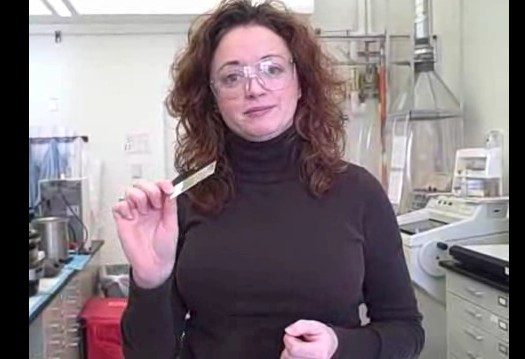
Fiona Ginty

Fiona Ginty is a Principal Scientist in the Life Sciences and Molecular Diagnostics Organization at GE Global Research (GRC). She joined GRC in 2005 and has contributed to and led research in biomarker applications and diagnostic technology development in metabolic disease, neurology and oncology domains. She has led a multidisciplinary team that developed a novel method for measuring multiple protein biomarkers in intact FFPE tissue, including downstream research and clinical applications. The platform was commercially launched as MultiOmyx™ in 2013 by Clarient GEHC. Prior to joining GE she was a Senior Research Scientist with the Bone Biology group at the Human Nutrition Research Laboratory, Medical Research Council in Cambridge, UK. Prior to that, she conducted postdoctoral research in the Minerals Research Group at Nestlé Research Center, Lausanne, Switzerland.
Guest Appearances
November 29, 2015
In Ron Howard’s 1985 movie ‘Cocoon,’ a group of elderly people living in a Florida retirement community become magically rejuvenated by aliens. It plays out as a fantasy, a hilarious what-if scenario about old people acting young. The movie seems more fiction than science, but in the 30 years since the film’s release, the branch of medicine devoted to curing aging has grown into possibly the next big thing.
Aging has only been a problem since the beginning of time, a disease born into us by the very nature of being alive, but scientists believe we’re not far off from therapies that could extend our lifespan by decades and keep us feeling like we’re in our 30s the whole time.
Jack O’Brien is joined by Laura Deming, a 21-year-old venture capitalist, who is funding the therapies of the future that will slow the process of aging. They discuss some of the breakthroughs in the field and Laura debunks some myths about current life extension treatments.
Jack is then joined by Fiona Ginty, a principal scientist at GE working on the microimaging of cells. Fiona shares how this technology will aid in the fight against aging as that process might be built into our DNA.


